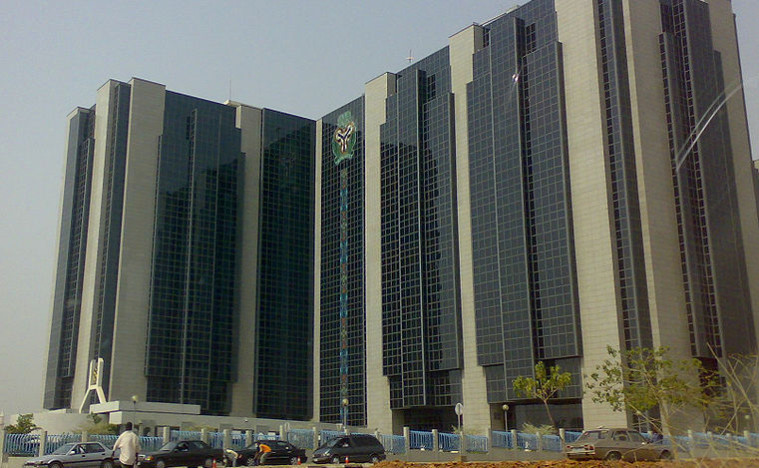CBN lend ₦404 billion to banks in six days of 2018

The Deposit Money Banks in the country borrowed the sum of ₦404 billion from the Central Bank of Nigeria during the first six trading days of this year to cover their financial shortfalls, data on the CBN website have shown.
Between January 2 and January 5 as well as from January 8 to January 9, the commercial banks borrowing ₦54.08 billion, ₦56.14 billion, ₦67.2 billion, ₦68.1 billion, ₦76.68 billion and ₦81.98 billion, respectively from the central bank.
This is 39 per cent lower than the ₦565.36 billion the banks borrowed from the CBN during the last six trading days of 2017.
Specifically, the banks borrowed ₦163.14 billion, ₦110.739 billion, ₦87.892 billion, ₦78.395 billion, ₦67.345 billion and ₦57.858 billion on between December 20 and 22 and from December 27 to 29.
Commercial banks’ borrowing from the CBN had increased by 52 per cent in the first three weeks of December.
The CBN Standing Lending Facility window data revealed that the DMBs borrowed N2.305tn from the regulator to cover their cash shortfall positions between December 1 and 22, 2017.
This represents a 52 per cent increase over the ₦1.515 trillion the nation’s lenders borrowed from the apex bank to cover their positions between November 1 and 22, 2017.
Commercial banks use the CBN’s SLF to support their liquidity shortfalls and meet trading obligations on short-term basis.
The DMBs borrowed ₦1.019 trillion, N671bn and N614bn through the CBN’s SLF window during the first, second and third week of December, respectively.
Some analysts attributed the trend to liquidity squeeze and banks’ demand for funds to participate in the special foreign exchange auctions conducted by the regulator.
In November, the commercial banks borrowed ₦2.77tn with an average amount of ₦154bn.
The highest and lowest amounts the lenders borrowed from the central bank in November were ₦260 billion and ₦108 billion, respectively.
Economic and financial experts said that the CBN’s lending to banks had increased in recent times on the back of liquidity issues in the economy. Banks with liquidity challenges are often seen more on the CBN SLF window than others.









0 Comments